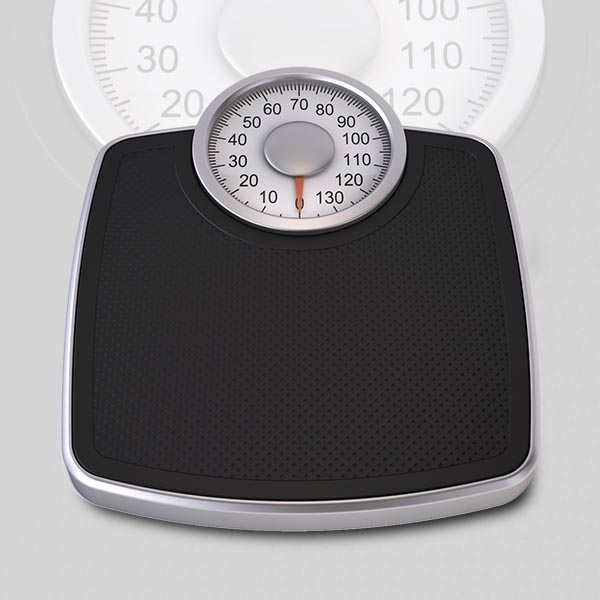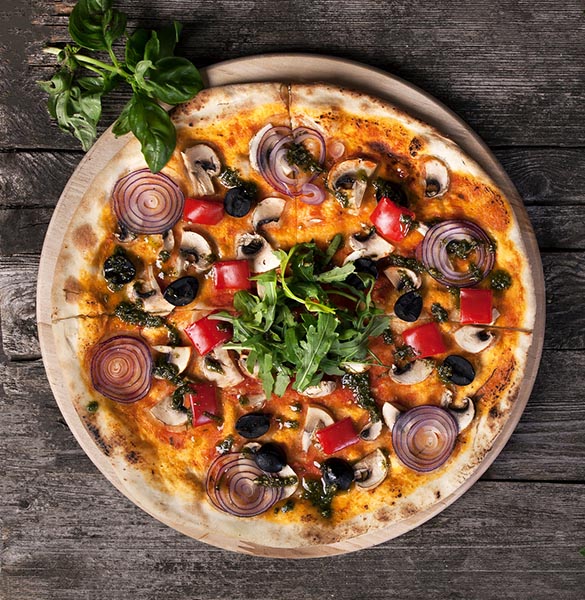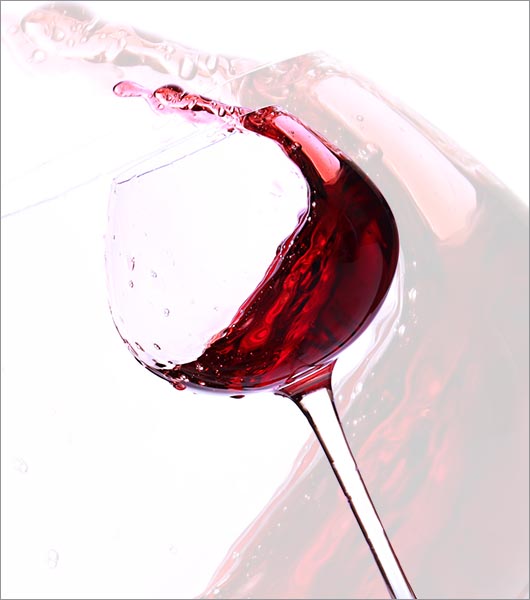How much diet and exercise can lower your blood pressure
Got high blood pressure? You’re in good company.
Nearly half of U.S. adults have hypertension, according to the most recent guidelines from the American Heart Association and the American College of Cardiology.
That means that many people who had “prehypertension” according to the old guidelines now have “stage 1 hypertension.” Most of them don’t need to start taking drugs to lower their pressure (that depends on other risk factors). Instead, the guidelines recommend a healthy lifestyle.
Why? Because it works. Here’s how much your systolic pressure (the higher of your two blood pressure numbers) could fall with diet and exercise, according to the new guidelines:
1. Eat a DASH diet: 11 points
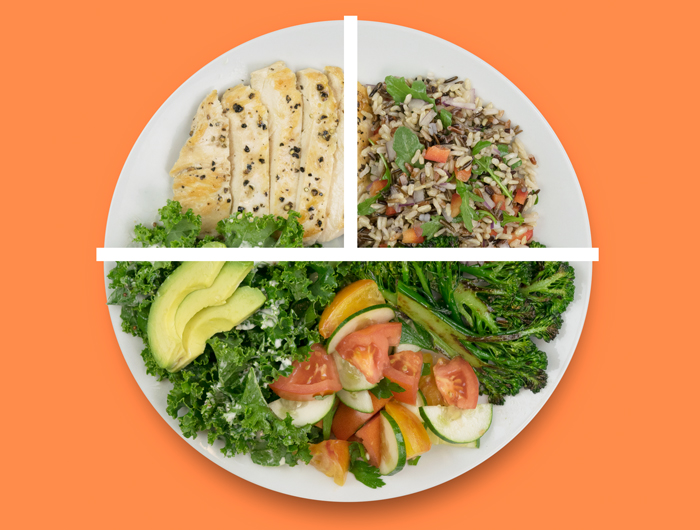
A DASH-style diet does it all: protects your heart, piles on the fruits and veggies, and cuts unhealthy carbs. It’s not only low in saturated fat, sugar, and salt, it’s also rich in nutrients like potassium, magnesium, calcium, and fiber.
2. Exercise: 5 points

All forms of exercise will lower blood pressure, but the best evidence is for aerobic activity. Aim for 90 to 150 minutes a week of aerobics (brisk walking, biking, running, etc.) and/or resistance training (biceps curls, leg presses, etc.).
3. Lose weight: 5 points
Losing excess weight helps lower blood pressure. Expect about a 1 point drop in systolic pressure for every 2 pounds you lose.
4. Cut salt: 5 points
To lower blood pressure, cut your sodium by 1,000 milligrams a day, ideally to 1,500 mg a day. Start with these seven foods.
Bread. About 100 to 200 mg of sodium per slice is typical. Pepperidge Farm and some other brands make it easy to stay at the low end.
Cheese. Most types have 150 to 250 mg of sodium per ounce. Try Swiss (just 40 to 60 mg) or fresh mozzarella (80 to 100 mg) or just 1 "slim cut" or "thin" slice of your favorite variety.
Poultry. The salt solution that's often added to raw chicken or turkey can add 120 mg of sodium to the poultry's 80 mg of (naturally occurring) sodium. So avoid poultry with labels like "Contains up to 15% of a solution."
Deli meats. Just 2 oz. can pile 500 to 700 mg of sodium on your sandwich. Get Boar's Head's (or another brand's) "low-sodium" meats that are sliced at the deli counter (about 50 to 80 mg in 2 oz.).
Soup. Most soups deliver 600 to 900 mg of sodium per cup. Try Imagine, Pacific, Dr. McDougall's, Amy's Organic, or Trader Joe's "Light in Sodium" or "Reduced Sodium" soups instead (200 to 400 mg).
Pizza. You can easily get 1,000 mg of sodium in 2 slices. Go light on the cheese, and replace meat with veggies (not olives).
Restaurant entrées. Many pack 1,000 to 2,000 mg of sodium. Save half for later. And add a side salad or other veggies to boost potassium.
5. Get more potassium: 4 to 5 points
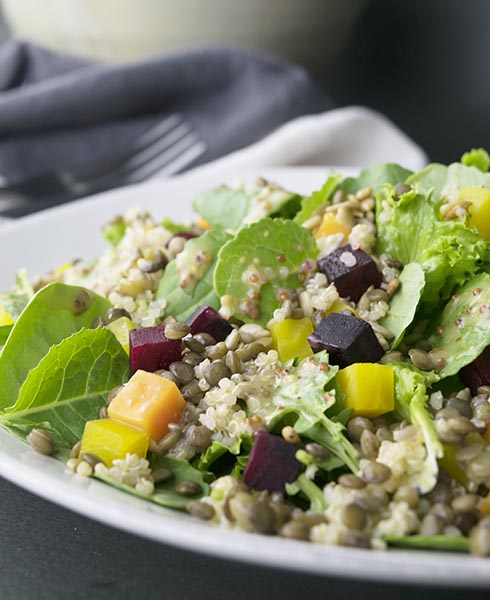
The goal: Get 3,500 to 5,000 milligrams of potassium a day. You’ll get the most bang for your calorie buck with fruits and vegetables.
6. Limit alcohol: 4 points
If you drink, stop at one drink a day for women or two for men.
Photos (top to bottom): Jennifer Urban/CSPI, © Monkey Business/fotolia.com, © Sashkin/fotolia.com, Kate Sherwood & Jennifer Urban/CSPI, © yuliyatrukhan/fotolia.com, © Africa Studio.
Continue reading this article with a NutritionAction subscription
Already a subscriber? Log in


